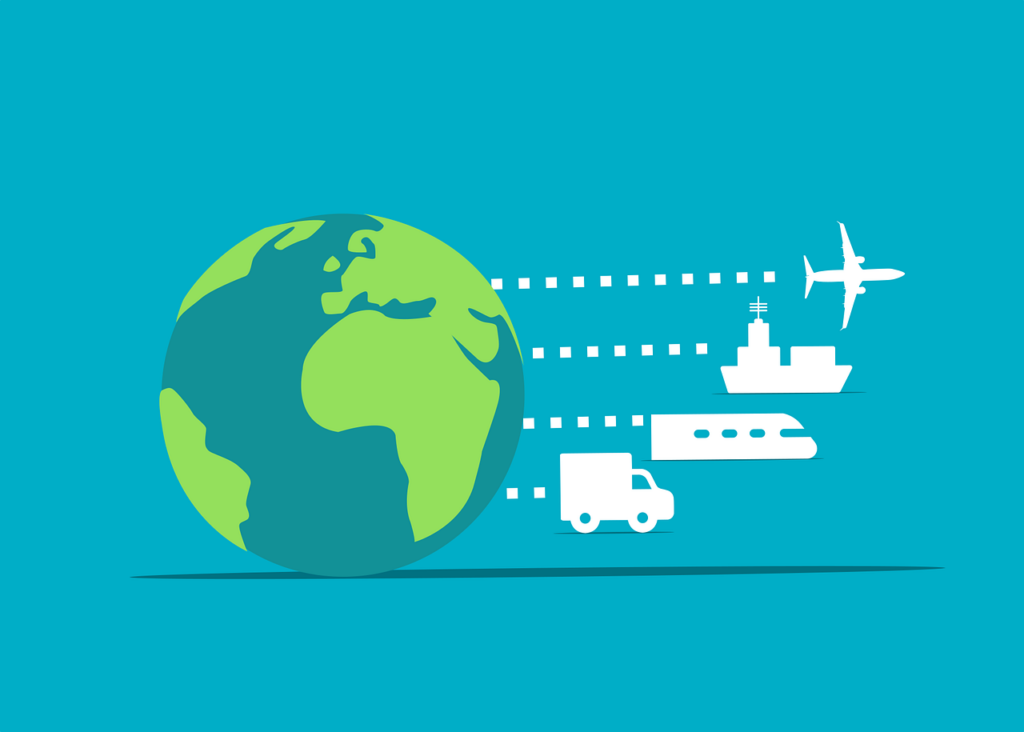
At last year’s United Nations Climate Summit, UN Secretary-General Antonio Guterres sounded a warning that “We are on a highway to climate hell with our foot still on the accelerator.”
Though the movement of goods is a critical component of our modern economy, it also accounts for a significant portion – around 60% – of global greenhouse gas emissions. From manufacturing and production to transportation and distribution, every step in the supply chain contributes to this environmental impact.
Fortunately, new technologies are driving a turn toward a greener, more sustainable supply chain, many of which are being developed and tested right here in Michigan. One of the most exciting developments in this space is the rise of drone deliveries. By using unmanned aerial vehicles (UAVs) to transport goods, companies can significantly reduce the carbon footprint of their supply chain operations. Drones require far less energy than traditional delivery vehicles and can complete deliveries more quickly, reducing the overall transportation emissions associated with a given shipment. Companies like blueflight and Zipline are changing the ways that people order and receive the things that they need the most – and doing it with 97% fewer emissions than traditional delivery systems.
Another promising technology in the logistics and supply chain industry is autonomous robot deliveries. 38% of the car trips Americans take are to shop. What if some of these trips were replaced by delivery by autonomous robots? These self-driving robots, such as those being developed by Intermode, can navigate sidewalks, streets, and other terrain to deliver packages directly to households and businesses. Like drones, autonomous robots are all electric and use far less energy than traditional vehicles and complete deliveries more efficiently, reducing emissions and saving money for companies.
In addition to these exciting new delivery technologies, companies are also leveraging data and analytics to optimize shipping routes and reduce emissions. By using predictive analytics, machine learning, and other technologies, companies can identify the most efficient and environmentally friendly routes for their shipments. Bill Crane of SupplyAssist, a Software-as-a-Service company that provides companies with ongoing recommended supply chain “plays” that reduce costs and maximize impact, shares that leaders can use their new technologies in supply chain software to “make more green by being green.”
With proposals from the Biden-Harris Administration to protect the federal supply chain from climate-related risk in the works, as well as guidance from the Environmental Protection Agency for organizations interested in reducing their supply chain emissions, there is a much-needed focus on getting off that highway to “climate hell.”
These new technologies represent just a few of the current exciting innovations geared towards the greening of the supply chain, and a significant opportunity for the industry to reduce its environmental impact and move towards a more sustainable future. And, as the ultimate win-win, a smarter, greener supply chain is also a more cost-effective supply chain!